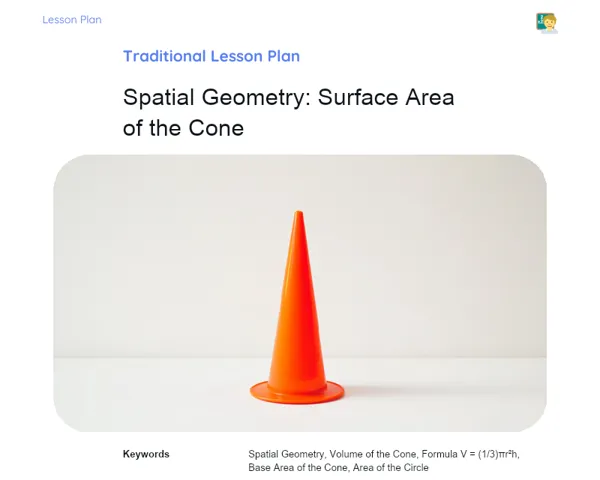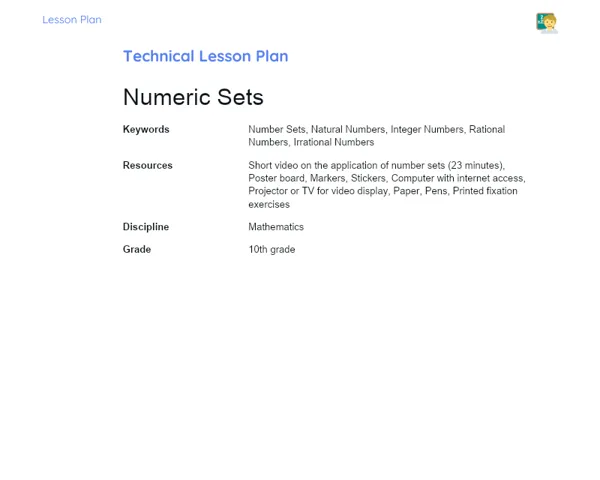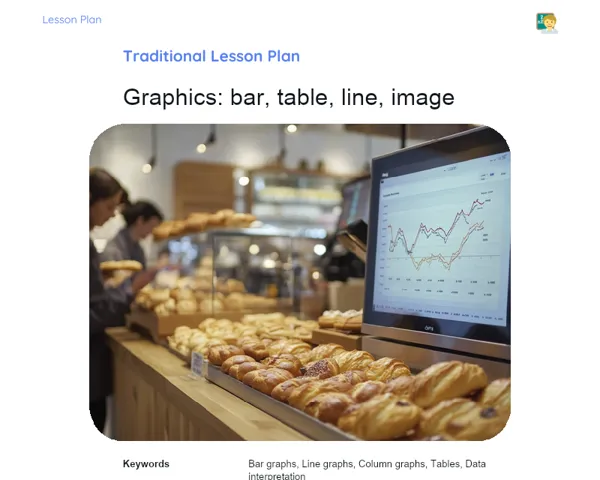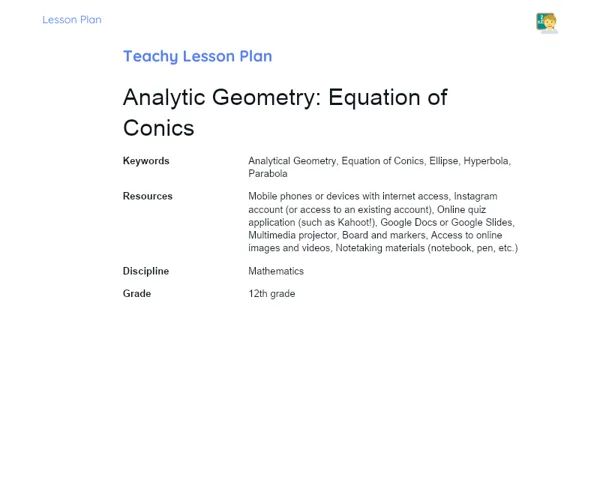Lesson Plan Teknis | Volume: Rectangular Prism
| Palavras Chave | Volume, Rectangular Prism, Unit Cubes, Maker Activity, Construction, Interior Design, Engineering, Spatial Awareness, Problem Solving, Real-World Applications |
| Materiais Necessários | Building blocks (e.g., LEGO), Cardboard boxes, Wooden cubes, Video explaining volume, Paper and pencils for note-taking, Calculators |
Objective
Duration: 10 - 15 minutes
This part of the lesson plan is designed to set students up for understanding and applying the concept of volume in rectangular prisms. By honing their volume calculation skills, students will be able to tackle real-world challenges and apply this knowledge in practical fields like construction, interior design, and engineering, where accuracy in volume calculations is crucial.
Objective Utama:
1. Grasp the concept of volume in rectangular prisms.
2. Utilise unit cubes for volume calculations.
Objective Sampingan:
- Enhance spatial awareness skills.
- Foster problem-solving abilities.
Introduction
Duration: 10 - 15 minutes
This stage aims to introduce students to the concept of volume in a relatable way, piquing their interest through real-world examples and intriguing facts. By linking the topic to everyday situations and job prospects, students can appreciate the relevance of what they are learning and be more eager to engage in the activities planned.
Curiosities and Market Connection
Did you know that volume calculations are essential in the construction sector for working out how much material, such as concrete or bricks, is needed? In interior design, determining the volume of furniture and rooms helps maximise space. Engineers also rely on volume calculations for designing safe and functional structures.
Contextualization
Understanding how to calculate volume is pivotal in daily scenarios, like filling a pool, packaging products, or constructing buildings. Knowing how to measure the volume of solid objects helps us do these tasks more efficiently and accurately, ensuring resources are used wisely.
Initial Activity
Pose this intriguing question to your learners: 'How many 1 cm³ cubes could fit into a shoebox?' Then, show a brief video (2 - 3 minutes) that demystifies the concept of volume and illustrates its practical uses, like constructing a pool or packaging items in a factory.
Development
Duration: 60 - 65 minutes
This section focuses on reinforcing students' understanding of volume calculations for rectangular prisms through practical exercises and activities. Building the prism provides a hands-on experience, while problem-solving develops their ability to apply theoretical knowledge in real-life scenarios.
Topics
1. Definition of volume
2. Volume of a rectangular prism
3. Calculating volume using unit cubes
4. Real-world applications of volume calculation
Thoughts on the Subject
Encourage students to think about why understanding volume matters in their day-to-day lives. Ask them to brainstorm ways in which knowing about volume can be valuable in various jobs. They might come up with real-life examples from product packaging, building stuff, or interior decorating.
Mini Challenge
Maker Challenge: Constructing a Rectangular Prism
Students will be split into groups and given materials like building blocks (e.g., LEGO), cardboard boxes, or wooden cubes to design and build a rectangular prism. The challenge is to determine the volume of the prism using unit cubes.
1. Divide the class into groups of 4 to 5.
2. Hand out the building materials to each group.
3. Each group should build a rectangular prism with the materials provided.
4. After their construction, groups must calculate the volume by counting how many unit cubes fit inside.
5. Groups need to document their calculations and present their findings to the class.
Develop practical construction skills and volume calculation, while promoting teamwork and applying what they’ve learned in a hands-on project.
**Duration: 35 - 40 minutes
Evaluation Exercises
1. Calculate the volume of a rectangular prism with dimensions 5 cm x 3 cm x 2 cm.
2. A water tank shaped like a rectangular prism measures 10 m x 4 m x 2 m. What is its volume?
3. If a box has a volume of 60 cm³ and its dimensions are 5 cm x 3 cm, what’s the height of the box?
4. Draw a rectangular prism with dimensions of your choice and calculate its volume.
Conclusion
Duration: 10 - 15 minutes
This closing stage aims to consolidate learners' knowledge, allowing them to reflect on and discuss what they've learned. By reinforcing the main points and illustrating the connection between theory and practice, we help students appreciate the relevance of the content to their lives and future careers.
Discussion
Host an open discussion with the students about their learnings from the lesson. Ask them what they found interesting and what posed the biggest challenge during the process of building rectangular prisms and calculating volume. Encourage them to share how they can apply these skills in everyday life and across various careers, highlighting the importance of volume calculations in fields like construction and design.
Summary
Wrap up by summarising the core content covered in the lesson, focusing on what volume is, how to calculate the volume of rectangular prisms with unit cubes, and their practical uses. Reinforce how vital it is to understand volume calculations and their connection to practical and professional tasks.
Closing
Conclude by explaining how the lesson bridged the gap between theory and practical application through hands-on activities and exercises. Emphasise the significance of volume calculation in real-world contexts and its applicability in different job sectors. Encourage students to continue exploring these concepts in their daily lives.



